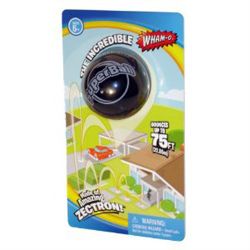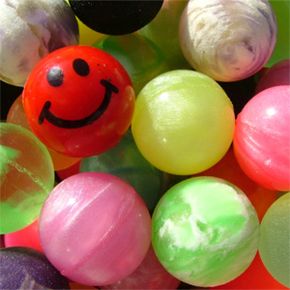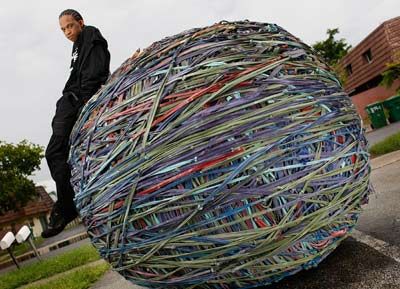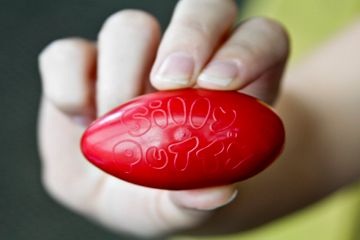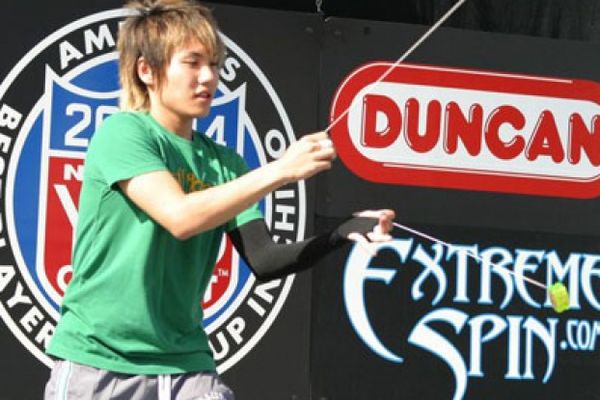Remember when your mom would accuse you of bouncing off the walls? No ball could bring that sliver of American slang to life like the SuperBall from Wham-O Toys. Invented in the early 1960s, the SuperBall didn't just bounce off walls -- it ricocheted with reckless abandon, making you wonder if the Ping-Pong-sized plaything could somehow defy Newton's laws of motion.
You can still find SuperBalls today (sometimes called Super Balls, too), but you need to be wary of imitations. According to Wham-O, which continues to manufacture and market the big bouncer, no rubber ball can rival a SuperBall. But what exactly differentiates the Original SuperBall from the knockoffs? What process does the company follow to transform an ordinary ball into something extraordinary? And what can you do with a SuperBall that you can't do with, say, a tennis or squash ball?
Advertisement
Those are the questions this article will answer. We'll cover the science of SuperBalls and little of their sociology, too. For example, how did such a simple toy become such a cultural phenomenon? As evidence, consider this passage from an article published in a 1965 issue of Time magazine:
Part of the SuperBall's success can be traced back to Sputnik, the small satellite launched by the Soviet Union in 1957. Sputnik ignited the space race, but it also sparked fear among Americans who felt the Soviets were far ahead of U.S. efforts in technical fields. To close the gap, U.S. scientists locked themselves in their laboratories and tried to out-invent and out-discover their communist counterparts.
One of those scientists was Norman Stingley, a chemist working for Bettis Rubber Company in Whittier, Calif. Up next, we'll examine how Stingley's accident led to one of the biggest fads in the history of American toys.
Advertisement
